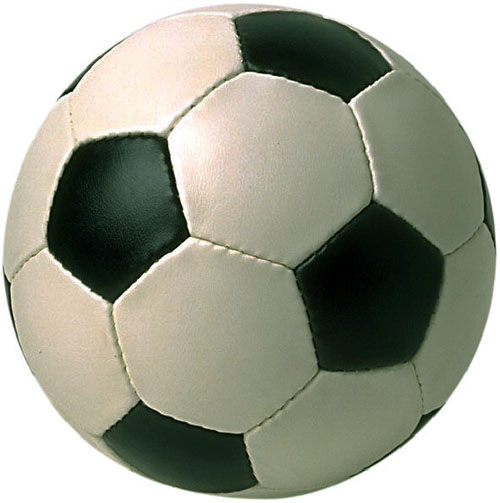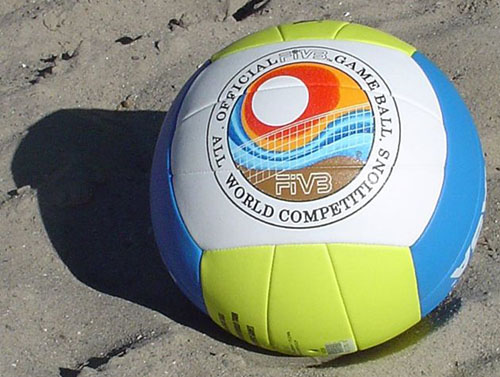Making Flat into Round
by Andrew Boyd
Today, scientist Andrew Boyd makes flat into round. The University of Houston presents this series about the machines that make our civilization run, and the people whose ingenuity created them.
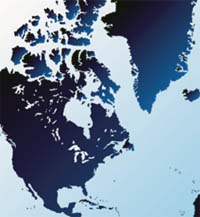 I grew up thinking Greenland was larger than the United States -- so much larger that it could swallow our country whole and still have space left over. In reality, the United States is almost five times larger than Greenland. It was the popular Mercator projection used by map makers that made Greenland look so big.
I grew up thinking Greenland was larger than the United States -- so much larger that it could swallow our country whole and still have space left over. In reality, the United States is almost five times larger than Greenland. It was the popular Mercator projection used by map makers that made Greenland look so big.
The problem stems from trying to draw a round surface on a flat piece of paper. There's no way to do it without squeezing and stretching the surface features in some way. But today, let's look at the opposite problem: how do we make something round from something flat? More to the point, how do we make baseballs, basketballs, and other balls used in sports?
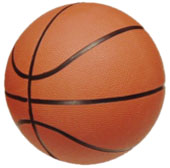 With today's synthetic materials, ball making isn't as difficult as it used to be. But many early balls were made from flat pieces of leather wrapped around an inflated bladder or solid core. This tradition continues in many sports.
With today's synthetic materials, ball making isn't as difficult as it used to be. But many early balls were made from flat pieces of leather wrapped around an inflated bladder or solid core. This tradition continues in many sports.
Theoretically, ball makers are as stymied as their map-making counterparts -- there is no perfect way to make flat into round. But leather has some ability to reshape itself by stretching. As a result, flat panels can be stitched together to form a reasonable approximation of a ball, with forces from inside finishing the job -- or, at least, almost finishing it.
 Different sports have approached ball making in different ways, and there are many ball designs. The baseball, like the tennis ball, is an elegant joining of two identical hourglass panels held together with one continuous line of stitches. The volleyball, on the other hand, is a cube with each of the faces replaced by three semi-rectangular panels that allow the rounded shape to emerge. Altogether, the volleyball has eighteen panels. The basketball is commonly fashioned with eight.
Different sports have approached ball making in different ways, and there are many ball designs. The baseball, like the tennis ball, is an elegant joining of two identical hourglass panels held together with one continuous line of stitches. The volleyball, on the other hand, is a cube with each of the faces replaced by three semi-rectangular panels that allow the rounded shape to emerge. Altogether, the volleyball has eighteen panels. The basketball is commonly fashioned with eight.
Perhaps the most beautiful ball is the modern soccer ball, consisting of thirty-two separate panels -- twelve regular pentagons and twenty regular hexagons. It's formed by taking a three dimensional figure known as an icosahedron -- one of the five Platonic solids -- and chopping off the corners. Scientists used soccer balls to help them visualize Buckyballs, a new form of carbon molecule discovered in 1985. The sixty carbon atoms comprising a Buckyball are arranged just like the corners of the panels on a soccer ball.
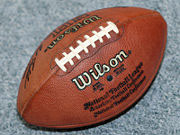 The football is unique in that it's an approximation of a pointed prolate spheroid. This shape allows players to grip and throw the ball with more control than its spherical counterparts. It's made from four orange-peel shaped panels.
The football is unique in that it's an approximation of a pointed prolate spheroid. This shape allows players to grip and throw the ball with more control than its spherical counterparts. It's made from four orange-peel shaped panels.
Manufacturers even cast flat panels on balls they make from one piece of synthetic material. In part this is paying homage to tradition, but it also affects the aerodynamics of the ball. Pitchers hold the stitches of the ball one way when they throw a curve ball and a very different way when they throw a two-seam fast ball. Changing the panels that make up a baseball would be to change the game itself.
So when you next head to an athletic court or field, take a moment to look at the ball you're playing with. It's not just a ball. It's an exercise in making flat into round.
I'm Andy Boyd, at the University of Houston, where we're interested in the way inventive minds work.
Dr. Andrew Boyd is Chief Scientist and Senior Vice President at PROS, a provider of provider of pricing and revenue optimization solutions. Dr. Boyd received his A.B. with Honors at Oberlin College with majors in Mathematics and Economics in 1981, and his Ph.D. in Operations Research from MIT in 1987. Prior to joining PROS, he enjoyed a successful ten year career as a university professor. His new book, The Future of Pricing: How Airline Ticket Pricing Has Inspired a Revolution, (New York: Palgrave-MacMillan, 2007).
Baseball (Ball). (2007). Retrieved December 6, 2007 from Wikipedia: https://en.wikipedia.org/wiki/Baseball_(object) .
Basketball (Ball). (2007). Retrieved December 6, 2007 from Wikipedia: https://en.wikipedia.org/wiki/Basketball_(ball) .
Football (Ball). (2007). Retrieved December 6, 2007 from Wikipedia: https://en.wikipedia.org/wiki/Football_(ball) .
Volleyball (Ball). (2007). Retrieved December 6, 2007 from Wikipedia: https://en.wikipedia.org/wiki/Volleyball_(ball) .
All images courtesy of Wikipedia.
